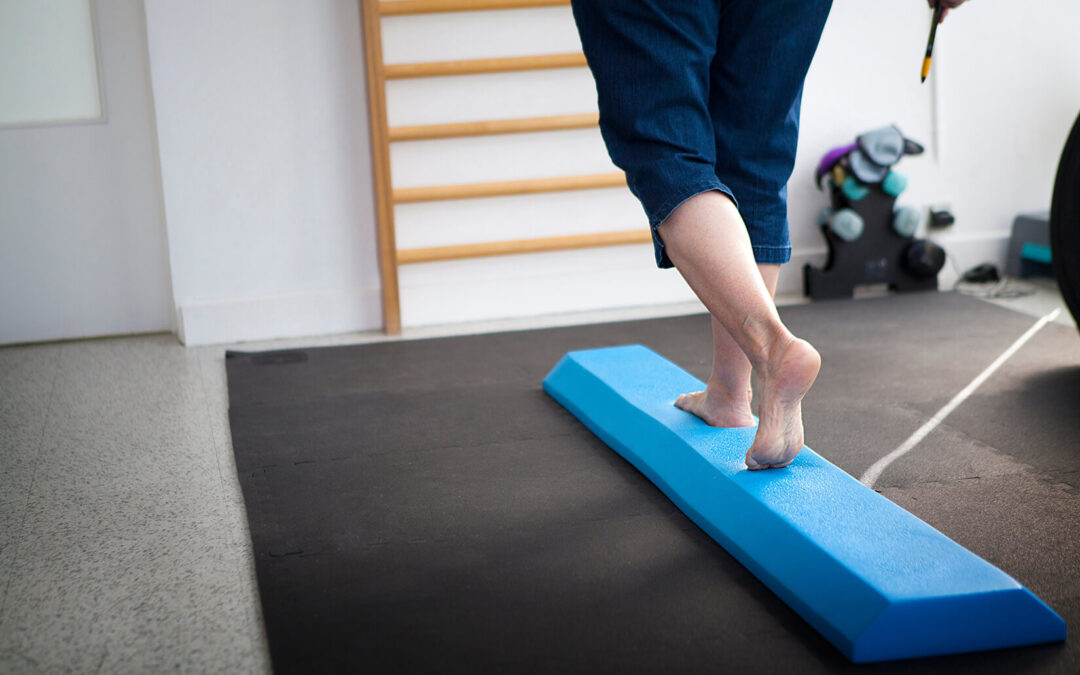Physical therapy is vital in modern healthcare, offering non-invasive treatment options that restore mobility, reduce pain, and improve quality of life. Whether you’re recovering from surgery, managing a chronic condition, or experiencing persistent pain, Denver physical therapists provide personalized rehabilitation plans that address the root causes of discomfort. From neurological disorders to musculoskeletal conditions, physical therapy allows many patients to find relief and achieve long-term healing.
Here, we’ll explore the various diseases and disorders that can be effectively treated through physical therapy and examine how physical therapy contributes to long-term wellness.
1. Musculoskeletal Disorders
Musculoskeletal disorders are among the most common reasons people seek physical therapy. These conditions, which affect the muscles, bones, joints, tendons, and ligaments, can arise from a variety of causes, including acute injuries, repetitive strain, poor posture, degenerative diseases, or prolonged periods of inactivity. Whether it’s back pain, arthritis, tendonitis, or a sports-related injury, musculoskeletal issues often lead to pain, reduced mobility, and a diminished quality of life. These disorders include:
Osteoarthritis and Rheumatoid Arthritis
Arthritis affects millions of people worldwide, causing joint inflammation, stiffness, and chronic pain. Physical therapy helps manage symptoms through exercises that strengthen the muscles around affected joints, reduce inflammation, and increase flexibility. Tailored treatments like joint mobilization and posture correction can significantly improve daily function.
Back and Neck Pain
Chronic back and neck pain, often caused by herniated discs, spinal stenosis, or poor posture, responds well to therapeutic exercises and manual therapy. Physical therapists use core stabilization exercises and spinal traction to reduce pain and improve alignment.
Tendonitis and Bursitis
Inflammation of tendons and bursae can be debilitating. Physical therapists use stretching, ultrasound therapy, and strengthening exercises to reduce inflammation, enhance mobility, and prevent injury recurrence.
2. Neurological Disorders
Physical therapy is instrumental in managing neurological diseases that impact movement and coordination. Physical therapists work closely with patients to retrain functional movement patterns, reduce spasticity, improve gait and posture, and enhance overall independence in daily activities. Through targeted exercises, neurodevelopmental techniques, and assistive technology, physical therapists can help patients manage symptoms of the following:
Stroke Recovery
Survivors of stroke often suffer from partial paralysis, impaired balance, or speech difficulties. Physical therapy helps patients regain lost functions by retraining the brain and muscles through repetitive movements, gait training, and balance activities.
Multiple Sclerosis (MS)
MS causes muscle weakness, spasticity, and fatigue. A physical therapist can design energy-conserving exercises, stretching routines, and balance strategies to prolong mobility and independence.
Parkinson’s Disease
Parkinson’s patients benefit from therapy that improves gait, balance, and flexibility. Techniques such as resistance training and functional task practice can help maintain motor skills and reduce fall risk.
3. Pediatric Conditions
Children with developmental disorders or injuries benefit greatly from early intervention through physical therapy. This area of care focuses on helping young patients develop the strength, coordination, and motor skills they need to grow and thrive. Early treatment not only promotes physical development but also supports emotional and social well-being during critical stages of growth. A few pediatric conditions that can be treated with physical therapy are:
Cerebral Palsy
Cerebral palsy often results in impaired motor skills and muscle tone. Physical therapists work to improve range of motion, develop motor patterns, and promote independence through assistive devices and adaptive strategies.
Developmental Delays
Patients who are not meeting typical milestones, such as crawling, walking, or sitting, may benefit from therapeutic interventions aimed at building muscle strength and motor coordination.
Spina Bifida
Patients born with spina bifida often require ongoing physical therapy to manage lower limb mobility and develop walking abilities using braces or walkers.
4. Post-Surgical Rehabilitation
Recovering from surgery can be daunting without proper guidance, support, and structure. Physical therapy is an essential part of post-operative recovery for individuals looking to regain mobility, rebuild strength, manage pain, and safely return to daily activities. Physical therapists tailor recovery programs to each patient’s needs and surgical protocols, guiding them through progressive exercises, manual therapy, and education to optimize outcomes and restore function as efficiently and safely as possible. A few surgeries that might require physical therapy are:
Joint Replacements (Knee, Hip, Shoulder)
Post-operative therapy focuses on restoring range of motion, reducing swelling, and strengthening muscles around the new joint. Timely rehab can dramatically influence recovery speed and long-term outcomes.
ACL and Meniscus Repairs
After ligament or cartilage repair surgeries, therapy helps patients gradually regain joint stability, balance, and strength. Functional training is also incorporated to safely return to sports or daily activities.
Spinal Surgery
Physical therapy helps patients regain mobility and correct posture after procedures like laminectomies or spinal fusions. Therapists focus on spinal alignment, core stability, and pain management.
5. Sports Injuries
Athletes and active individuals frequently experience strains, sprains, and overuse injuries that can disrupt performance and daily function. Whether caused by acute trauma, repetitive stress, improper technique, or inadequate warm-up and conditioning, these injuries can affect muscles, tendons, ligaments, and joints. Through targeted rehabilitation programs, biomechanical assessments, and sport-specific training, physical therapists not only address the immediate injury but also work to correct underlying issues that may contribute to re-injury. Athletes can often experience the following injuries, requiring physical therapy for full recovery:
Rotator Cuff Injuries
Physical therapists develop specific strengthening and mobility routines to treat rotator cuff tears or inflammation, often avoiding the need for surgery altogether.
Ankle Sprains and Shin Splints
Targeted rehab helps strengthen supporting muscles, restore proprioception, and reduce recurrence in high-risk sports like soccer or basketball.
Tennis Elbow and Golfer’s Elbow
These repetitive strain injuries respond well to soft tissue mobilization, eccentric strengthening, and stretching techniques guided by a licensed therapist.
Why Choose Total Physical Therapy?
At Total Physical Therapy, our mission is to deliver personalized, evidence-based treatment plans that help patients regain mobility, reduce pain, and reclaim their lives. Our highly trained team stays current with cutting-edge therapies and tailors each program to your specific diagnosis, goals, and lifestyle.
From managing complex neurological conditions to recovering from orthopedic surgery, Total Physical Therapy provides a full spectrum of rehabilitative services. Our state-of-the-art facilities, compassionate care model, and track record of success make us a leading provider of physical therapy solutions in the region.
Take the Next Step Toward Wellness
If you’re struggling with chronic pain, recovering from injury, or managing a long-term condition, don’t wait to seek help. Contact Total Physical Therapy today to schedule your consultation and begin your path to a healthier, more active life. Let our experienced clinicians help you feel better, move better, and live better, starting now.




